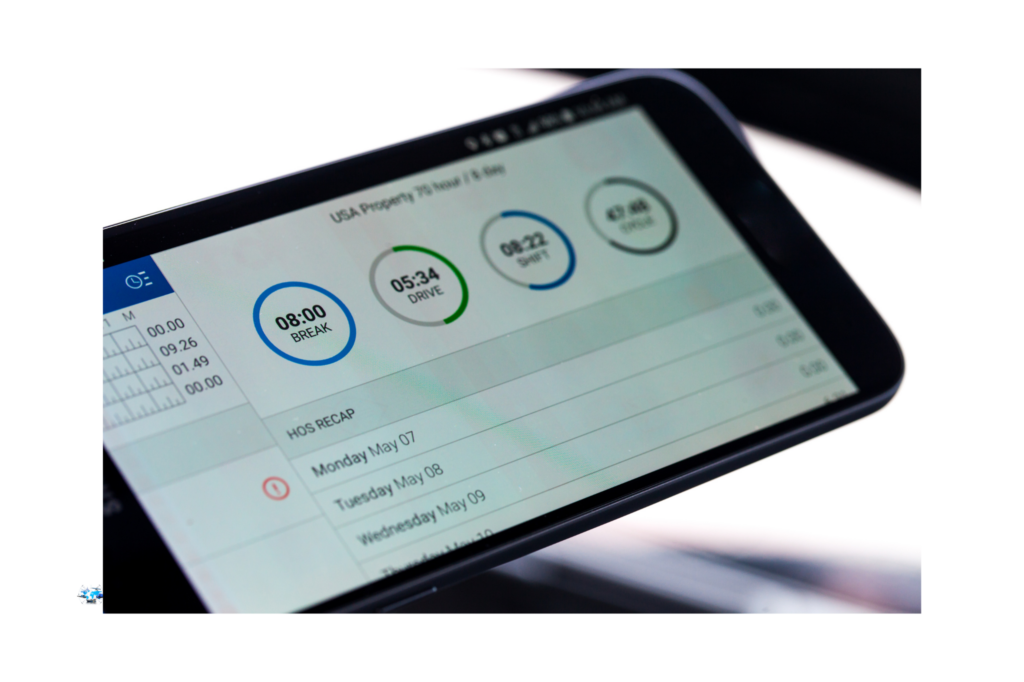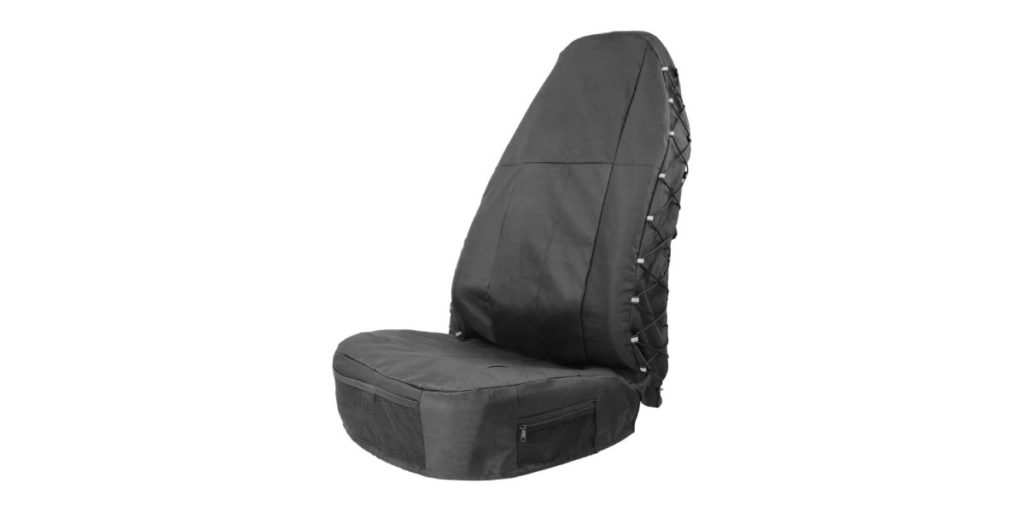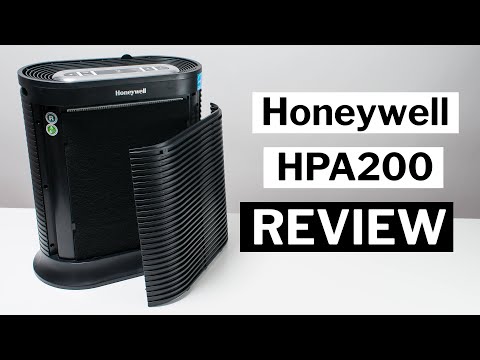Introduction
If you’re a truck driver, you’ve probably noticed that the future of trucking regulations is changing faster than ever. New trucking regulations and technologies are coming down the pike – from stricter emission laws to talk of self-driving trucks – and it can feel overwhelming. These aren’t just bureaucratic updates; they’re rules that will directly impact your day-to-day life on the road. The good news is that with a bit of preparation, you can stay ahead of the curve. In this article, we’ll take a high-level look at the biggest changes shaping the future of trucking. We’ll break down the upcoming freight transportation laws and DOT trucking guidelines that drivers and companies need to know about, and explain what they mean for you. Whether it’s meeting new environmental standards, adjusting to automation, or keeping up with safety mandates, knowing what’s coming will help you protect your livelihood and even find new opportunities. So grab a cup of coffee, settle in, and let’s talk about the road ahead for truckers and the regulations that are on the horizon.
Key Takeaways
- Emissions Standards: Stricter environmental rules will phase in, pushing more zero-emission truckslandline.media. Keep your rig emissions-compliant and be ready for electric trucks policy changes.
- Autonomous Trucks: Self-driving rigs are coming, but regulations and safety hurdles mean drivers are still needed. Stay tech-savvy and informed about autonomous trucking developments to adapt.
- ELDs & HOS: Electronic Logging Devices make Hours of Service non-negotiable. Know the latest HOS rules (e.g. new split-sleeper options)landline.media and plan trips carefully to follow FMCSA regulations.
- Insurance & Safety: Insurance minimums may rise (one state doubled to $1.5M)cdllife.com, and safety tech like speed limiters and automatic braking will be mandatedfoleyservices.com. Keep your record clean and embrace these systems to meet trucking compliance standards.
Part 1: Changes Shaping the Future of Trucking Regulations
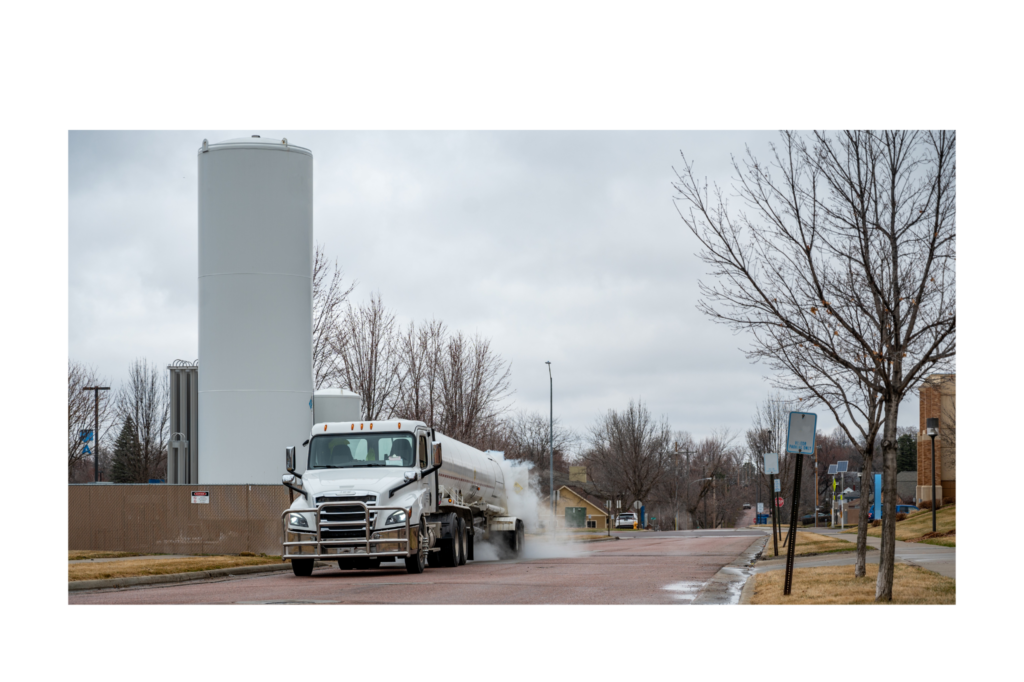
Let’s break down some of the major regulatory changes on the horizon and what they mean for you as a truck driver.
Stricter Emissions Standards and Environmental Regulations
Environmental rules are about to get tougher for trucking. Governments want cleaner air, so new emissions standards will phase in over the next decade. The EPA, for example, has introduced strict limits on heavy-duty truck emissions starting with model year 2027. By 2032, about 25% of new long-haul trucks sold must be “zero-emission” (electric or hydrogen) under these rules
landline.media. This means diesel rigs will gradually need to run cleaner or be replaced by low-emission models.
For drivers, this shift will be noticeable. You might find your company adding electric trucks or newer diesel trucks with advanced emission controls to the fleet. States like California already have separate trucking compliance laws pushing for zero-emission vehicles, so staying informed is key if you drive there. Older trucks that can’t meet the new standards may face restrictions or higher operating costs, so if you own your truck, consider a plan to upgrade or retrofit in the coming years.
Not everyone in the industry is thrilled with these mandates – some trucking groups worry the targets are too ambitious and expensive
landline.media. But the trend is clear: “greener” trucks are the future. To prepare, drivers should keep their equipment well-maintained (avoiding fines for emissions violations) and be open to training on new technologies like electric drivetrains. Gaining experience with alternative-fuel trucks can position you for new opportunities as companies invest in cleaner fleets. In short, environmental regulations are ramping up, and the best thing to do is embrace the change: take care of your truck’s emissions systems and be ready to drive whatever the next-generation rig might be.
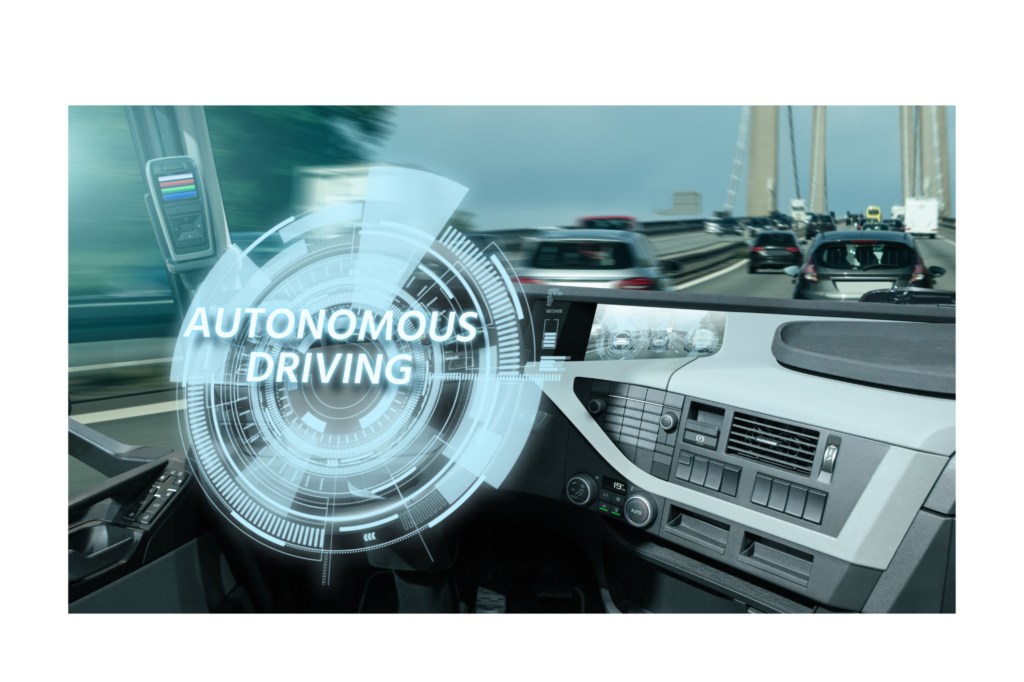
Autonomous Trucking and Regulatory Challenges
Self-driving trucks are no longer science fiction – they’re being tested on real highways today. Companies are investing heavily in this technology, and some have even announced plans to run driverless rigs in the near future
landline.media. Regulators are hustling to keep up. The FMCSA is drafting rules to safely integrate automated trucks, with new guidelines expected soon
landline.media. They need to figure out requirements for these vehicles (for example, what kind of human oversight is required and how existing rules apply when a computer is at the wheel).
For truckers, the rise of automation can feel unsettling, but remember that drivers won’t be replaced overnight. Current autonomous systems handle highway cruising, but they still struggle with many real-world challenges that require human judgment. It’s likely the first uses of autonomous trucks will still involve drivers in some capacity – perhaps as on-board safety operators or handling difficult portions of the trip. Driver advocacy groups urge caution with automation, noting that a skilled human is still crucial for safety when the unexpected happens
What should you do? Stay informed and be willing to learn. If your company is testing automated driving features, volunteer to be part of it. Gaining experience with these systems can make you more valuable. Rather than fearing autonomous trucks, see it as an opportunity to expand your skill set. Someone will need to work alongside and monitor these high-tech rigs – and that someone can be you. By being adaptable and tech-savvy, you’ll ensure you have a place in the future of trucking, no matter how much automation comes down the line.

Electronic Logging Devices (ELDs) and Hours of Service (HOS) Rules
The days of paper logbooks are gone. Today, ELD laws require that your hours be tracked by an electronic logging device, so every minute of driving or rest is automatically recorded. There’s no leeway to fudge a log, which means staying within your Hours of Service limits is absolutely critical.
The good news is regulators have added a bit of flexibility to HOS rules in recent years. For example, you can split your required 10 hours off-duty into a 7-hour sleeper berth and 3 hours off-duty without it cutting into your 14-hour workday
fmcsa.dot.gov. This change makes it easier to schedule around shipper delays or traffic. That said, the core limits (like the 11-hour driving cap and 14-hour duty window) still stand firm. Regulators have even turned down requests for more extreme flexibility (like a 5/5 sleeper split) due to safety concerns
How do you thrive under these rules? The key is smart planning. Use your ELD’s warning features and plan your route with HOS in mind. Know where and when you’ll take breaks or stop for the night. If a delay throws off your schedule, communicate with dispatch early to adjust. Every great trucker today pairs safe driving with trucking compliance. Following the HOS rules keeps you out of trouble and protects your CDL. By mastering trip planning within the HOS framework, you can deliver on time and stay legal – a combo that keeps your career on solid ground.

Minimum Insurance and Enhanced Safety Requirements
Changes are coming to the business side of trucking – specifically in insurance and vehicle safety standards. On the insurance front, there’s momentum to raise the minimum liability coverage that trucking companies must carry. The federal minimum is currently $750,000, but that may increase soon. New Jersey already upped its requirement to $1.5 million (double the federal minimum)
cdllife.com, and similar moves are being discussed at the national level. If you’re an owner-operator, that could mean higher insurance premiums, so plan accordingly. If you’re a company driver, you might not pay the bill, but your carrier will be under more pressure to avoid accidents (to keep those premiums down).
Safety regulations are tightening too, often through new tech mandates. Regulators have proposed requiring devices like speed limiters and automatic emergency braking on trucks. For instance, FMCSA is considering a rule to cap the top speed of heavy trucks via electronic limiters
foleyservices.com. Similarly, another proposal would make automatic braking systems (AEB) standard on new trucks
fmcsa.dot.gov. Some fleets already use these, but soon they could be mandatory for all. This means you’ll need to adapt to how such systems affect your driving – your rig might be electronically limited to a certain speed, or it could brake on its own in an emergency. The upside is that these technologies can help prevent crashes. The best move for drivers is to work with this tech, not against it: learn what safety features your truck has and use them properly. And of course, keep up your safe driving habits. With higher insurance stakes and more safety tech on board, being a conscientious, safety-first driver is more important than ever for protecting your career.
Final Thoughts
As we’ve seen, the trucking industry is poised for significant transformation over the next decade. With stricter emissions standards pushing companies toward cleaner, alternative fuel vehicles, and the gradual introduction of autonomous trucking technology, the landscape of freight transportation is evolving fast. These changes may bring some challenges, but they also offer exciting opportunities for truck drivers who are willing to adapt and learn new skills.
Electronic Logging Devices and updated Hours of Service rules emphasize the importance of smart planning and staying on top of your daily schedule. Additionally, rising insurance and safety mandates underscore a future where compliance and safety are more than just regulatory boxes—they’re key to protecting your livelihood on the road.
For truck drivers, keeping up with these developments means not only ensuring your rig meets new standards but also embracing emerging technology that can make your job safer and more efficient. By staying informed through reputable industry sources like FMCSA, DOT, and ATA, you’ll be well-prepared for the road ahead. Embrace the change, invest in your skills, and drive confidently into the future of trucking regulations.

